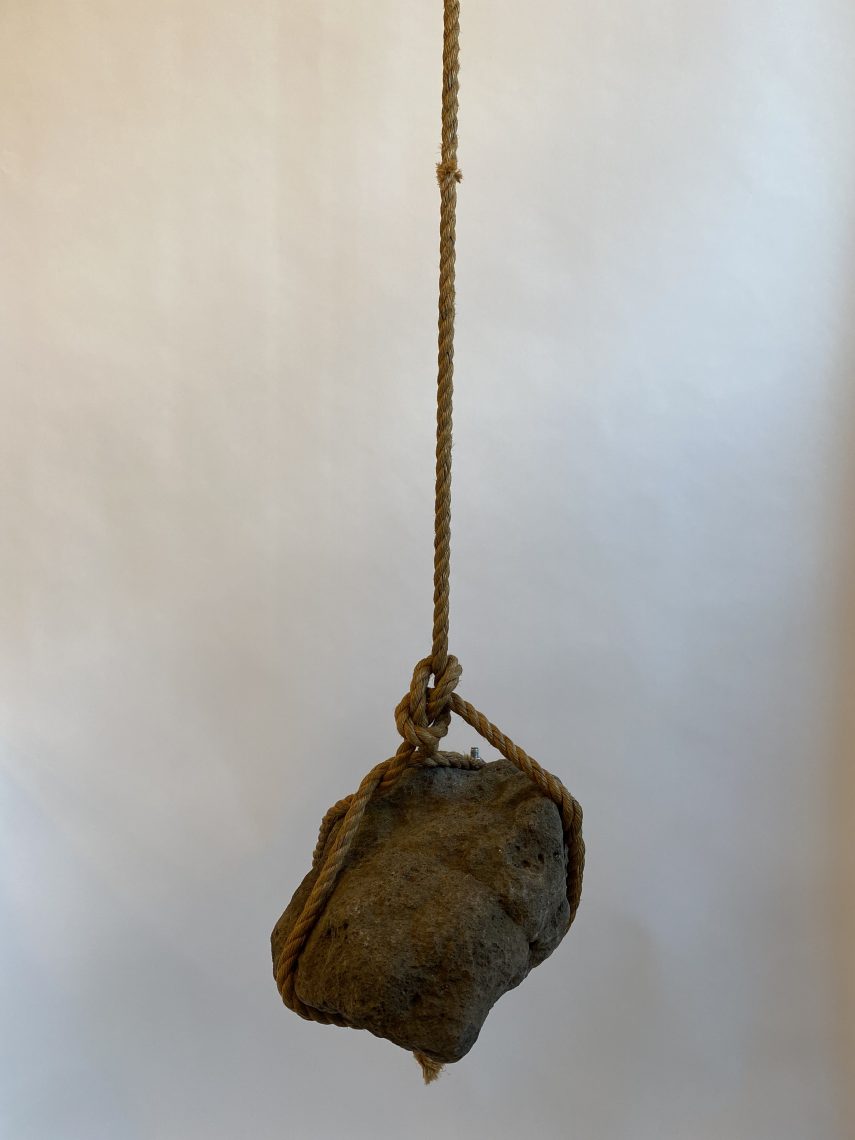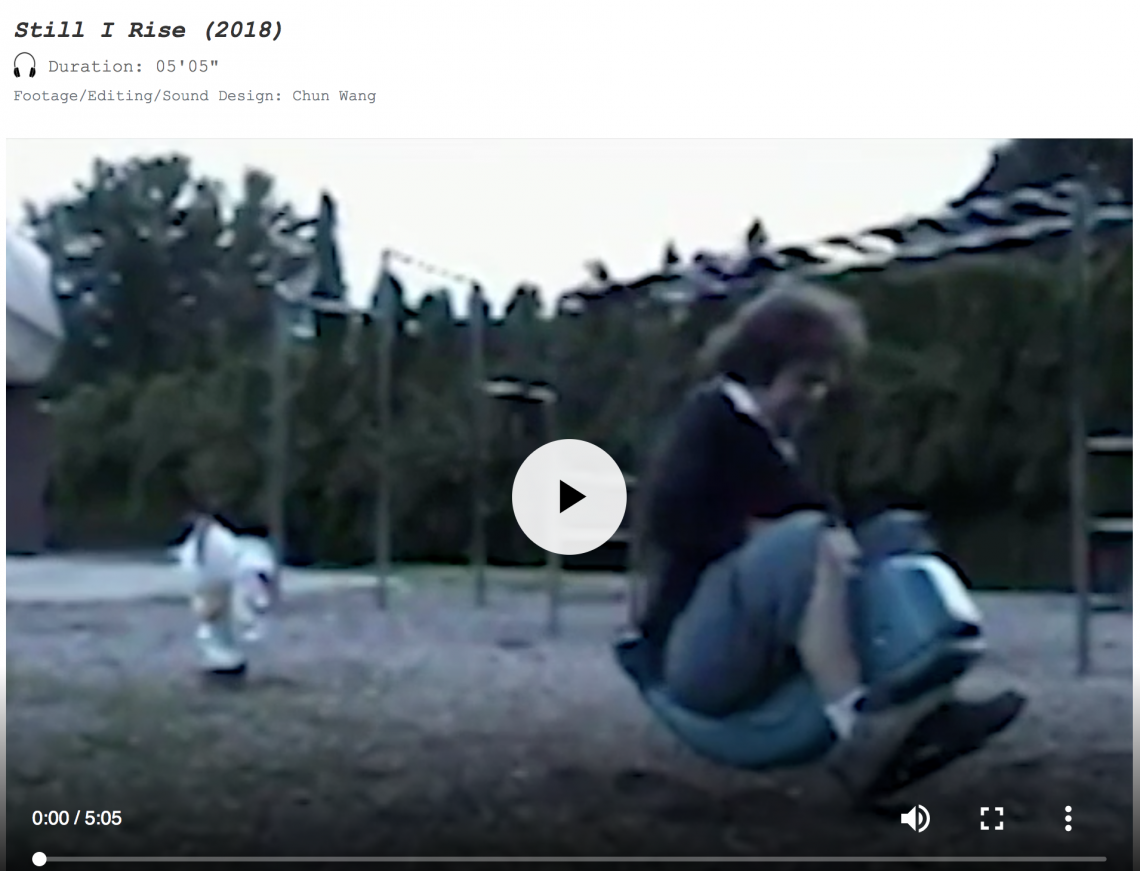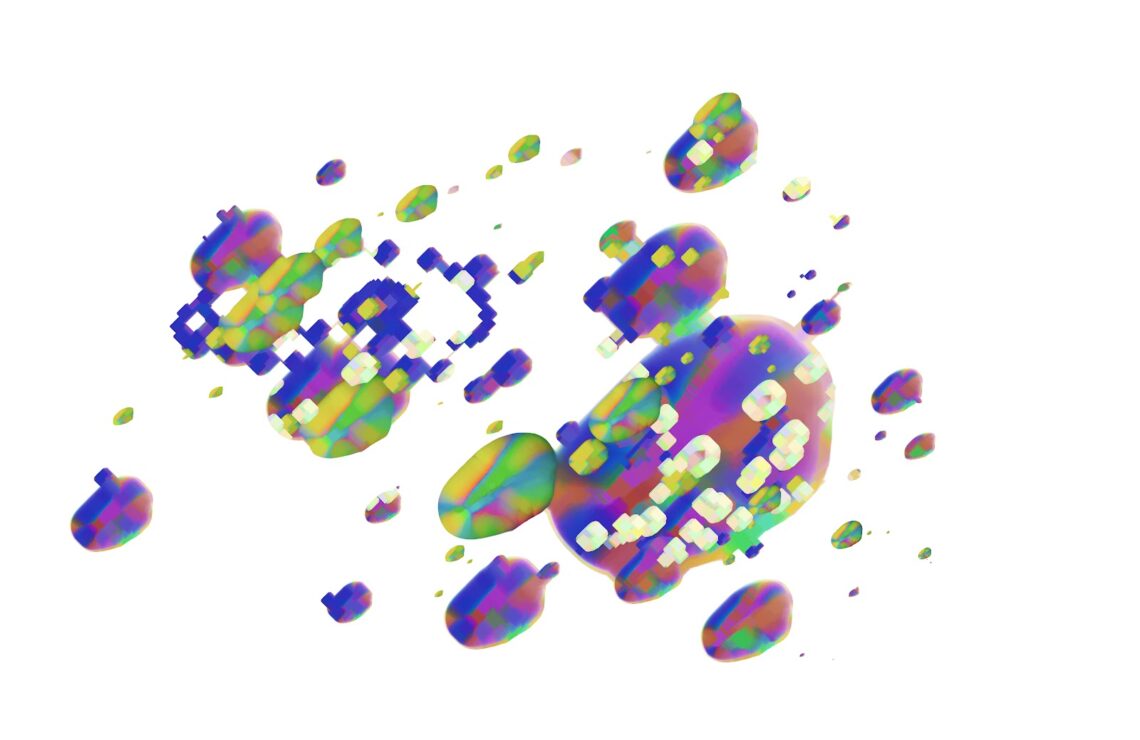
Stanford, but in Minecraft
A profile of one of the COVID-19 Creative Community Response Grant projects.
The Office of Vice President for the Arts has created a grant program that cultivates artistic engagement during the COVID-19 pandemic.
The COVID-19 Creative Community Response Grant is open to students, faculty and staff, in recognition of the impact COVID-19 has had on the entire Stanford community and the need for everyone to find new modes of self-expression, communication and connection. Grants are awarded on a rolling deadline until May 10, 2020. Several projects have already begun to take shape, providing the Stanford community novel means of coping with and even thriving in the COVID-19 reality.
An online multiplayer game by a group of sophomores is one of the projects that bring the Stanford community a little closer even as people must remain far apart.
Stanford, but in Minecraft
Palm trees, the Main Quad, Green Library, they’re there, but all on a screen and built with the unmistakable block-like shapes of the Minecraft video game. Michael Byun, Kyle Yu and Jainil Sutaria, all sophomores, have been recreating the Stanford campus as an online multiplayer game.
Minecraft allows players to create or modify their virtual environments. Players can build worlds (think homes, castles, cities), create personal avatars, and play out and star in imaginative digital scenarios. Most important, there is no real objective to the game. In other words, there is no one way to “win” at Minecraft. This has led to the creation of myriad worlds – including, most recently, a digital Stanford for those students who found themselves unexpectedly leaving campus early, as well as for old and new visitors to the university.
“It provides a familiar feeling place for Stanford students to gather virtually, perhaps helping restore some sense of normalcy during the quarantine,” says Byun. “It could also be used as a platform for events. Prospective students might visit the Stanford Minecraft world to get a sense of the campus.”
The project aims to engage new students as they encounter Stanford through the digital world. It also brings comfort to current students who are no longer on campus. “We would consider this project a success if people visit the world and learn from it or find meaning in it,” says Byun.
With funding from the COVID-19 Creative Response Grant, Byun, Yu and Sutaria will rent a server and launch Minecraft Stanford. Their current funds will cover one month of costs and if the project becomes popular, the three will seek further help to keep Minecraft Stanford alive.
In the meantime, they have already started building, but in true Minecraft form, they will not be the only ones laying down digital blocks – any player can help. The “real” Stanford, the one made of sandstone and red tiles, will remain largely dormant while a new digital Stanford awakes. Built by students, Minecraft Stanford may not be able to replace the real thing, but it will provide a peek into what students, most of whom are far away, want to remember about campus, want to continue to experience and want Stanford to become.
Spring quarter 2020 will look unlike any other in the university’s history. But thanks to Byun, Yu and Sutaria, people can still take a stroll down Palm Drive, soak up the sun in White Plaza and even go fountain hopping, no towel required.





















